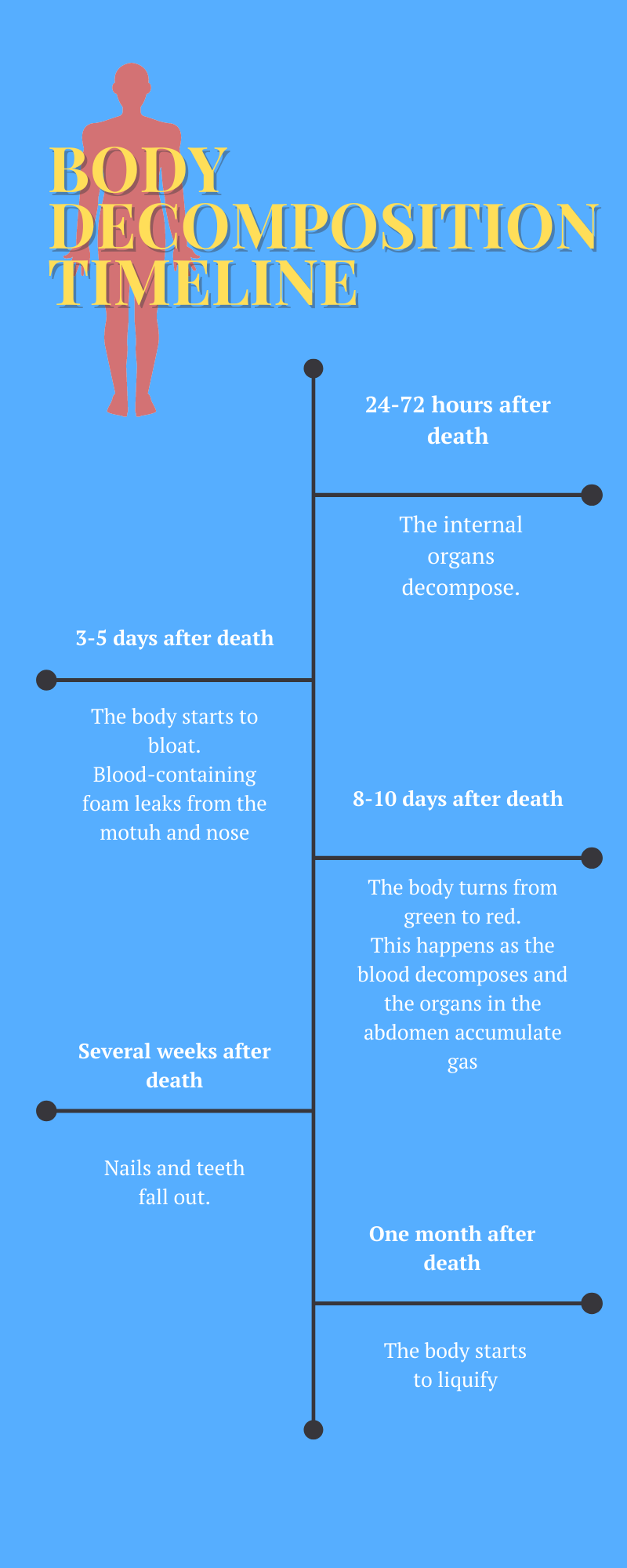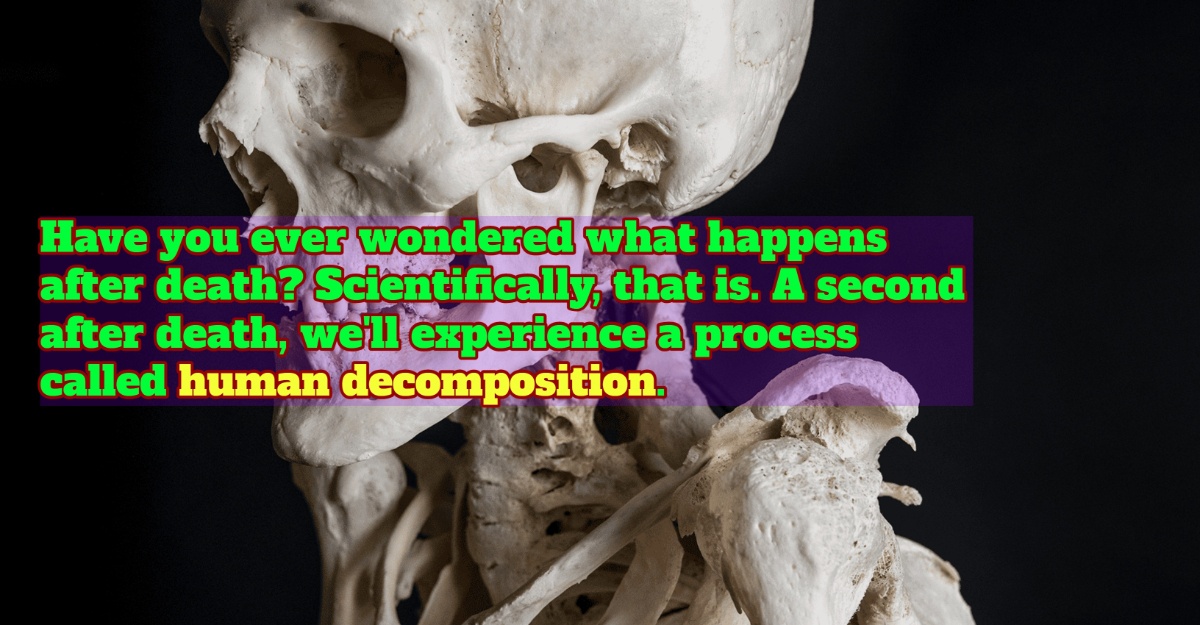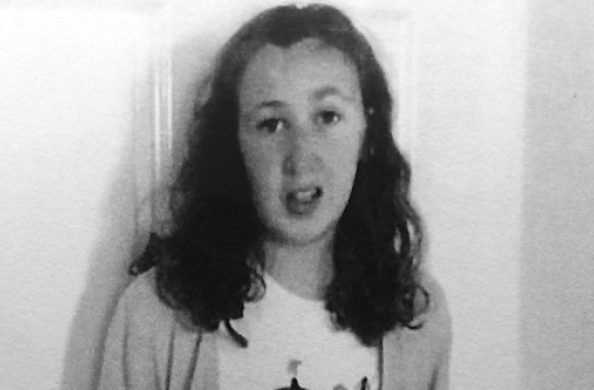Although death is inevitable, not many want to discuss it openly. Like it or not, death is a process that occurs naturally. And as long as we’re living and breathing, escaping death is an impossible thing to do.
Have you ever wondered what happens after death? Scientifically, that is. A second after death, we’ll experience a process called human decomposition.
What is human decomposition?
According to Aftermath, human decomposition is a natural process when tissues are broken down after death. Furthermore, as underlined by Dr. Arpad A. Vass, a Senior Staff Scientist at Oak Ridge National Laboratory and Adjunct Associate Professor at the University of Tennessee in Forensic Anthropology, human decomposition starts around four minutes after death.
However, many reasons affect the rate of human decomposition. Weather, temperature, moisture, pH and oxygen levels, cause of death and body position are some examples.
Despite the difference in factors, all human bodies abide by the four stages of decomposition: autolysis, bloat, active decay, and skeletonization.
Autolysis
Autolysis, or self-digestion, begins instantly after death.
How does it happen?
- When blood circulation and respiration stop, the body no longer gets oxygen or can remove wastes.
- Excess carbon dioxide promotes an acidic environment.
- Excessive carbon dioxide ruptures the cells.
- Then, the membranes release enzymes that eat the cells from the inside out.
Furthermore, rigour mortis (stiffening of the body) happens about two to six hours after death. Small blisters filled with nutrient-rich fluid will appear on internal organs and the skin’s surface. Thus, the body will glisten because of the blisters, and the topmost layer of the skin starts loosening.
Bloating
The second stage is bloating of the body. Autolysis secrets a lot of gaseous enzymes. And because of the gases, the human body can double in size. Thus, it will look bloated.
Not only that, but compounds with sulfur from the bacteria released discolour of the skin. During this stage, insect activity can be present.
Moreover, putrefaction is when microorganisms and bacteria produce unpleasant odours. Interestingly, the smell is like an alert to others, an indication of a dying person. Even though the body is removed, the scent lingers for a long time.
Active decay
Fluids released through orifices (an opening, particularly in the body) are the headstart of active decay.
Organs, muscles, and skin liquefy. When the body’s soft tissue decomposes, hair, bones, cartilage, and other byproducts of decay remain. Usually, the corpse loses the most mass during this step.
Skeletonisation
There’s no fixed time frame when this process happens. Why? The skeleton decomposes based on the loss of organic (collagen) and inorganic components, and this may vary.
Body Decomposition Timeline

Human decomposition is a process that occurs in every living body in the world. Therefore, there’s nothing to worry about, as it’s a natural cycle. Like life and death, we can’t run away from it.
Sources: Aftermath, Howstuffworks, Australian Academy of Science








